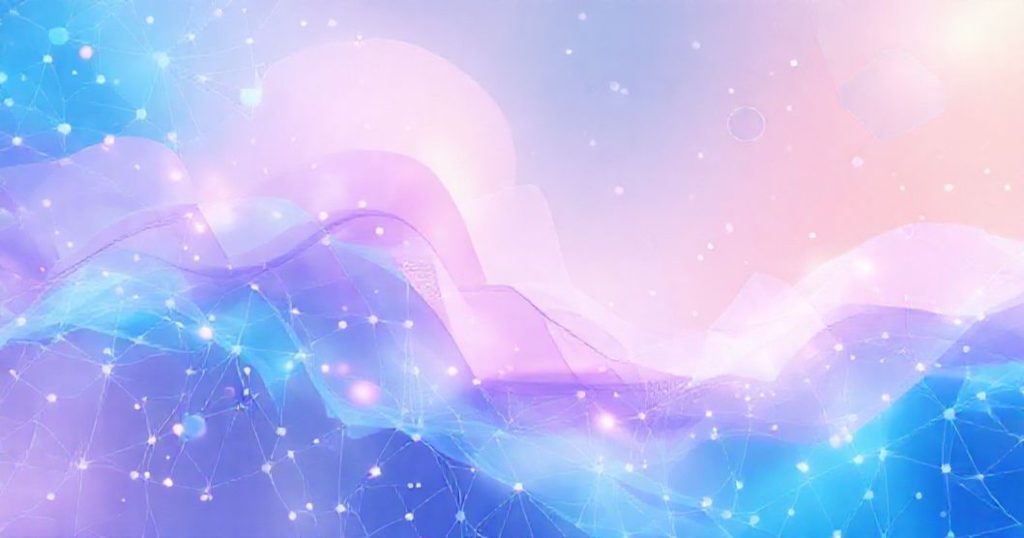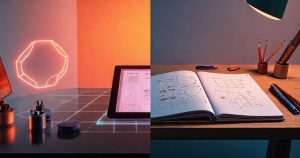Introduction to AI Image Generation
AI image generation has undergone a remarkable transformation over the past few years, evolving from producing barely recognizable abstract shapes to creating photorealistic masterpieces that rival professional photography. Modern AI models like DALL-E 3, Midjourney v6, and Stable Diffusion XL leverage billions of image-text pairs to understand nuanced prompts and generate images with stunning accuracy and artistic flair. What once required hours of manual work in Photoshop or expensive stock photo subscriptions can now be accomplished in seconds with a well-crafted text prompt. This democratization of visual content creation has opened doors for small businesses, content creators, and hobbyists who previously couldn’t afford professional design services. The technology continues to advance at a breathtaking pace, with new models emerging every few months that push the boundaries of what’s possible, making tools like Icebox AI increasingly valuable for creators at all skill levels.
The quality of your output depends heavily on how well you communicate your vision through text, which is why prompt engineering has emerged as a critical skill for anyone serious about AI image generation. Unlike traditional search engines where keywords are king, AI image generators respond better to descriptive, contextual language that paints a complete picture. For instance, rather than simply typing “cat,” a prompt like “a fluffy Persian cat with bright blue eyes sitting on a Victorian-style velvet cushion, soft natural lighting, professional photography” provides the AI with rich contextual information that leads to far more compelling results. The model can then leverage its understanding of photography terminology, artistic styles, lighting conditions, and compositional elements to create an image that matches not just the literal content but the aesthetic quality and mood you’re envisioning. Many creators find that experimenting with different prompting approaches reveals patterns and techniques that consistently produce better results for their specific needs.
Different AI models have different strengths and specializations, which is why experienced creators often maintain accounts across multiple platforms. Some models excel at photorealism and can produce images virtually indistinguishable from actual photographs, while others specialize in artistic styles like anime, digital art, or painterly effects. According to research published by leading AI labs, model architecture choices during training significantly impact both the speed of generation and the stylistic tendencies of the output. This explains why you might get dramatically different results from the same prompt on different platforms, and why it’s worth exploring various options to find which AI image generator best aligns with your creative vision and use cases.
Understanding How AI Image Generators Process Your Prompts
When you type a prompt into an AI image generator, you’re initiating a complex computational process that would have seemed like science fiction just a decade ago. Behind the scenes, sophisticated neural networks trained on billions of image-text pairs analyze your words, break them down into semantic components, and map them onto learned visual concepts that the model has internalized during training. This process happens through what’s called “latent space navigation,” where the AI doesn’t simply retrieve stored images but actually synthesizes entirely new visual content by blending and recombining learned features in ways that match your description. Understanding this fundamental mechanism helps explain why certain prompting techniques work better than others and why the same prompt can yield different results across different AI models.
The quality of your output depends heavily on how well you communicate your vision through text, which is why prompt engineering has emerged as a critical skill for anyone serious about AI image generation. Unlike traditional search engines where keywords are king, AI image generators respond better to descriptive, contextual language that paints a complete picture. For instance, rather than simply typing “cat,” a prompt like “a fluffy Persian cat with bright blue eyes sitting on a Victorian-style velvet cushion, soft natural lighting, professional photography” provides the AI with rich contextual information that leads to far more compelling results. The model can then leverage its understanding of photography terminology, artistic styles, lighting conditions, and compositional elements to create an image that matches not just the literal content but the aesthetic quality and mood you’re envisioning. Many creators find that experimenting with different prompting approaches reveals patterns and techniques that consistently produce better results for their specific needs.
Features and Benefits of AI Image Generators
AI image generators offer a wide range of features and benefits that make them an essential tool for creators. One of the most significant advantages is the ability to produce high-quality images quickly and efficiently. With AI image generators, you can create professional-grade visuals in a matter of seconds, without the need for extensive training or experience. This makes them ideal for small businesses, content creators, and hobbyists who need to produce high-quality images on a tight deadline. Additionally, AI image generators offer a high degree of customization, allowing you to tailor your images to your specific needs and preferences.
Frequently Asked Questions
Q: Can I use AI-generated images for commercial purposes? A: Yes, you can use AI-generated images for commercial purposes, but the specifics depend on the platform’s terms of service and the licensing model they employ. Most modern AI image generators, including Icebox AI, provide commercial usage rights for images you create, though some may require attribution or impose restrictions on certain use cases like merchandise or resale. Before using any AI-generated image commercially, always review the platform’s terms of service, as rules vary significantly between providers—some grant full ownership and copyright, while others retain certain rights or impose limitations.
Conclusion
In conclusion, AI image generators are powerful tools that can help you create stunning visuals for your projects. By understanding how these tools work and mastering the art of prompt engineering, you can unlock a world of creative possibilities and take your visual content to the next level. Whether you’re a small business owner, content creator, or hobbyist, AI image generators offer a wide range of features and benefits that make them an essential tool for anyone looking to produce high-quality images quickly and efficiently. So why not give Icebox AI a try today and discover the power of AI image generation for yourself?



